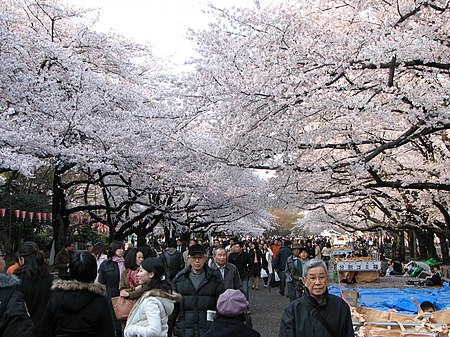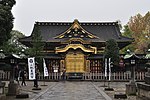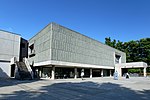Ueno Park
Buddhism in the Meiji periodHanami spots of JapanMeiji periodParks and gardens in TokyoPatlabor ... and 2 more
Ueno ParkWorld's fair sites in Japan

Ueno Park (上野公園, Ueno Kōen) is a spacious public park in the Ueno district of Taitō, Tokyo, Japan. The park was established in 1873 on lands formerly belonging to the temple of Kan'ei-ji. Amongst the country's first public parks, it was founded following the western example as part of the borrowing and assimilation of international practices that characterizes the early Meiji period. The home of a number of major museums, Ueno Park is also celebrated in spring for its cherry blossoms and hanami. In recent times the park and its attractions have drawn over ten million visitors a year, making it Japan's most popular city park.
Excerpt from the Wikipedia article Ueno Park (License: CC BY-SA 3.0, Authors, Images).Ueno Park
Benten Bridge, Taito
Geographical coordinates (GPS) Address Nearby Places Show on map
Geographical coordinates (GPS)
| Latitude | Longitude |
|---|---|
| N 35.712222222222 ° | E 139.77111111111 ° |
Address
弁天堂
Benten Bridge
110-0007 Taito
Japan
Open on Google Maps











